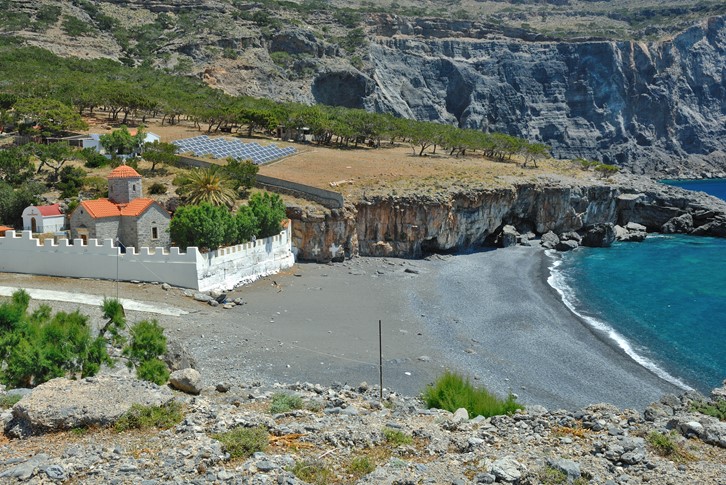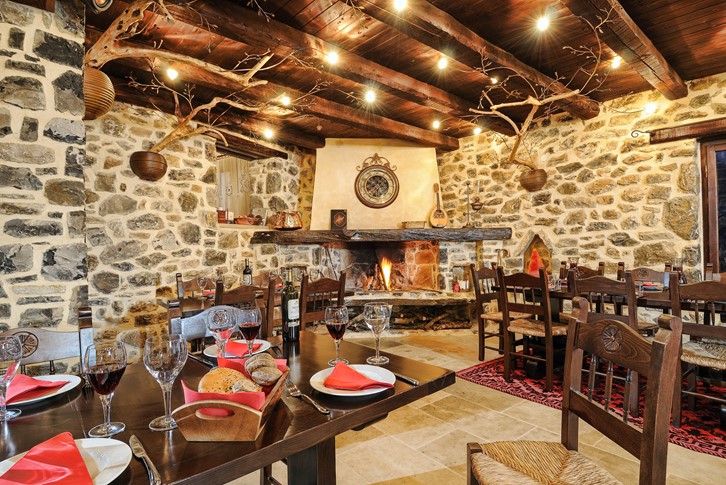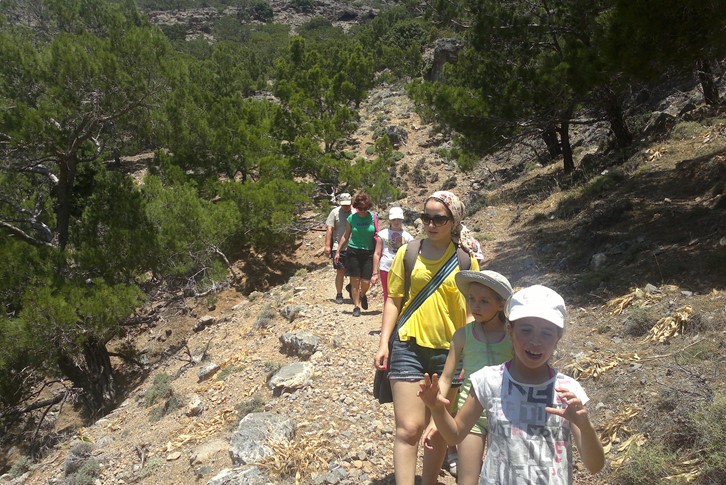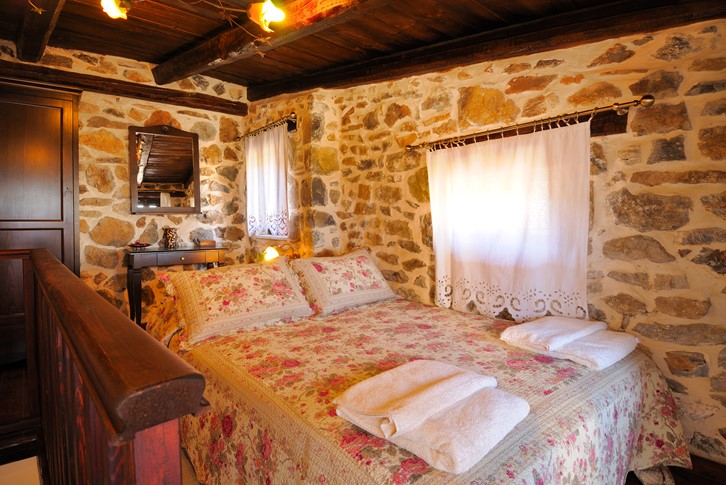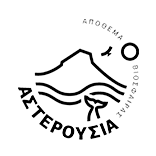Agiofaraggo
Agiofaraggo is a small, passable and beautiful canyon of Asterousia ending in a spectacular beach. The descent is made by hiking through a path and does not need special equipment or knowledge. The bed of the canyon is covered with ancient olive trees, oleanders, while its walls rise imposingly and steep. In the numerous caves of Agiofaraggo many hermits spent an ascetic life in the early years of Christianity. Today, all that is left to remind the spiritual history of the place is the church of Agios Antionios you shall meet just before the exit of the canyon to the beach.
In Agiofaraggo you can locate the southernmost climbing field in Crete. Most routes are within the canyon, but there are routes towards the beach and seaward.
Martsalo
Martsalo is one of the most beautiful canyons of Asterousia. Although small in length, it presents a stunning landscape with white steep cliffs, wild olive trees, ancient olive trees and palms. It ends to a small, secluded beach formed at the edge of a closed, rocky bay. The crossing of the canyon is made by trail and does not present any particular difficulties; therefore, it does not require special equipment. At the beginning of the canyon, you will see the church of Panagia Martsaliani carved into the rock. Martsalo, as well as Agiofaraggo, hosted hermits, whose hermitages you can still see today.
Monastery & Palm forest Agios Nikitas
The monastery of Agios Nikitas is located in the eastern part of the mountain range of Asterousia. It is a small beautiful monastery, the church of which is located inside the rock and dated back in 1640. From the monastery, a trail with steps leads to the impressive homonymous beach whilst the road which continues west of the monastery takes you to the famous small palm forest of Agios Nikitas. Basically it is a ravine in which the endemic palms of Theophrastus are grown.
Archaeological site of Gortyna
The great archaeological site of Gortyna is located to the place where one of the most powerful ancient cities of Crete flourished. It was a rich, well-governed city with an estimated population of about 35-40000. During the first Christian centuries, Gortyna was the first Cretan city which accepted the new religion. During the 6th century the Metropolitan church of Agios Titos was built, the ruins of which you can visit today. Besides the church, in the archaeological site you will see the Roman Odeum, the Great Inscription with the Law Code of Gortyna and the Glyptotheque located next to the cafeteria.
Palace of Phaistos
Phaistos was the second largest Minoan city and according to legend, this was the seat of Minos’s brother, Radamanthys. The first Minoan palaces were approximately built in 1900BC.
They were destroyed around the 1700BC to be rebuilt immediately after new and more luxurious, the ruins of which we see in the archaeological site today.
The palace and the city of Phaistos are built on a hill with panoramic view to all points of the horizon.

